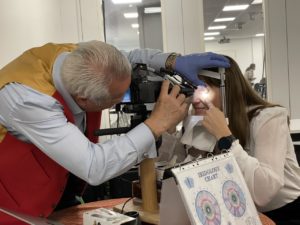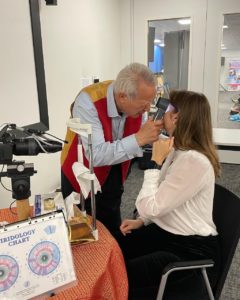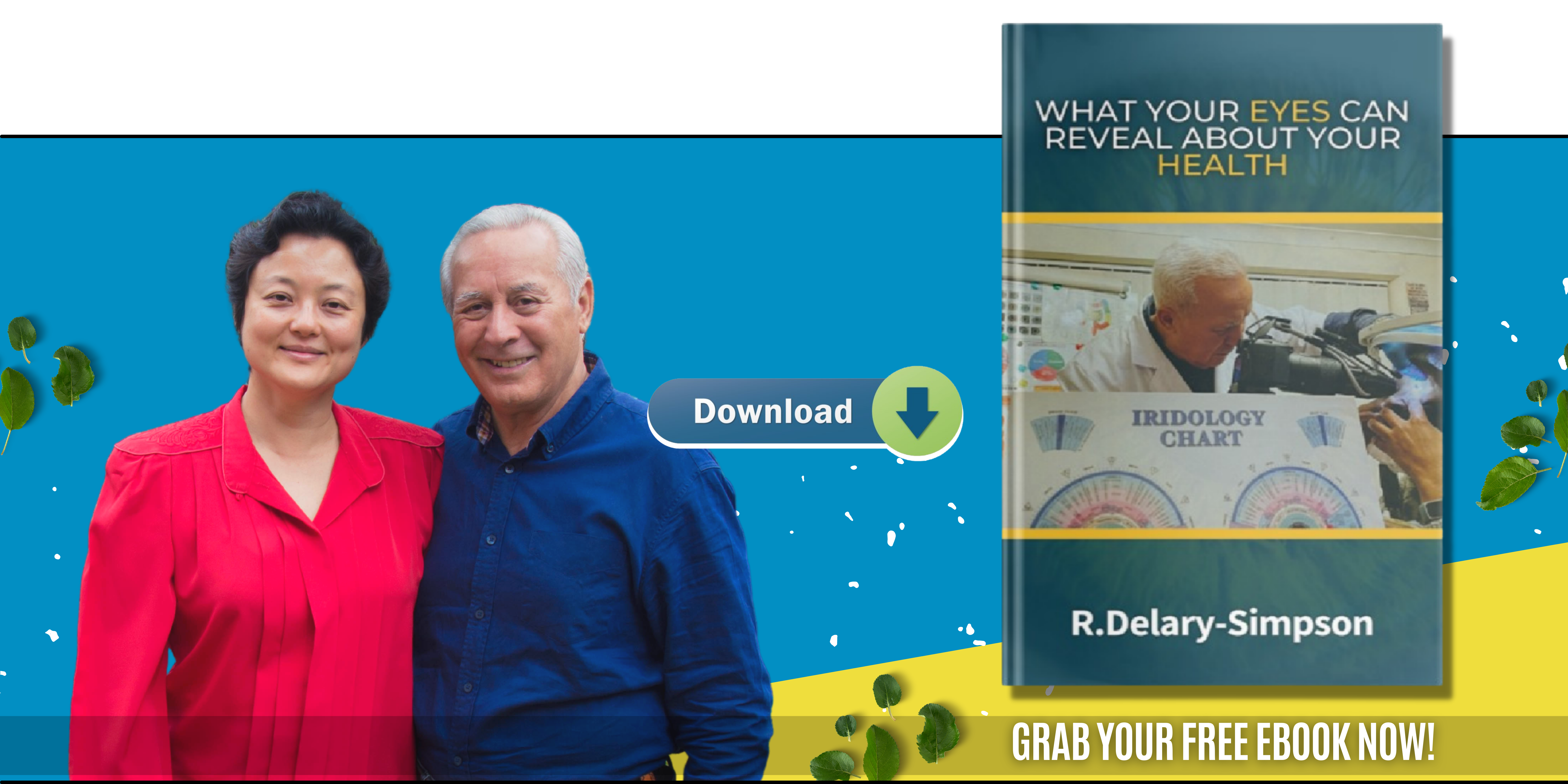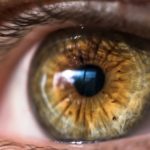Who Can Benefit From Iridology?
Have you ever wondered who can benefit from an Iridology consultation or wondered why you should have an Iridology Experience? Do you know the difference in having an appointment with a medical professional and having an Iridology consultation? Well, one key difference for a start is most medical professionals always ask “What Is Wrong With You?” whereas in an Iridology consultation, it is the Iridologist that tells YOU what is wrong. Got that?
 Iridology is a non invasive technique of analysing the markings and colours of the iris, which is the coloured part of the eye. These markings can identify weaknesses in the body organs before the symptoms arise. This is done by looking at various colours and markings in the Iris and referring to an Iridology Chart. The Iridology Chart was designed by observing over 1 million pairs of eyes over the years and how each part of the body such as the brain, digestive system, heart, lungs, liver and skin have corresponding regions and locations within the iris. Iridology is therefore a very effective tool in addressing illnesses and diseases or potential for illnesses and diseases before they get worse. It is therefore well worth your time and money having an Iridology experience.
Iridology is a non invasive technique of analysing the markings and colours of the iris, which is the coloured part of the eye. These markings can identify weaknesses in the body organs before the symptoms arise. This is done by looking at various colours and markings in the Iris and referring to an Iridology Chart. The Iridology Chart was designed by observing over 1 million pairs of eyes over the years and how each part of the body such as the brain, digestive system, heart, lungs, liver and skin have corresponding regions and locations within the iris. Iridology is therefore a very effective tool in addressing illnesses and diseases or potential for illnesses and diseases before they get worse. It is therefore well worth your time and money having an Iridology experience.
Similar to when we service our boilers or cars at least once a year or give our vehicle a health check or fill it with fuel prior to a journey, especially a much longer journey, likewise we should give ourselves a health check at least once a year so that we can take appropriate action to ensure our body is maintained as healthy as possible. Most of us take our health for granted until such time where we become seriously or uncomfortably ill before making lifestyle changes. When we can see for ourselves, what our eyes or iris is telling us, we are more likely to give our health priority.

By taking Iridology photos using a special Iridology camera, we know that live photos do not lie. We can then see clearly, the key organs that need taking care of to prevent any illness or potential for illness from becoming worse. For chronic or degenerative diseases, we highly recommend you return for follow up check ups where new photos will be taken every 1 to 3 months. These new photos are compared to the initial photos where progress or lack of progress can be monitored.
When taking your Iridology photos, we use a chinrest that enables you to comfortably rest your chin so that your head is kept straight and the Iridologist will then explain how the Digital photos will be taken. If your head is not kept straight and instead resting at an angle, it will affect the Iridology analysis since it is based on the Iridology Chart where each section is similar to looking at various points on a clock. If you have a lighter colour blue, green or lighter brown coloured iris, a different light exposure on the Iridology Camera will be used compared to if your iris colour is much darker. As the photos are digital, several attempts may be required to ensure the clearest photos are taken for accurate analysis.
 The Iridology Diagnosis is carried out either by direct observation of the eyes, with the aid of a magnifying glass and torch or by taking detailed Iridology photographs using a special Iridology Camera. In our practice, we use both magnifying glass and torch and also take detailed Iridology photographs. The use of magnifying glass and torch prior to taking eye photos helps to relax the patient and get the person used to having their eyes examined. This is particularly important especially when the patient is a younger person. We can then also focus more on the potential problem areas when taking the Iridology photographs. We also provide you with the digital photos to take back and refer to after your appointment.
The Iridology Diagnosis is carried out either by direct observation of the eyes, with the aid of a magnifying glass and torch or by taking detailed Iridology photographs using a special Iridology Camera. In our practice, we use both magnifying glass and torch and also take detailed Iridology photographs. The use of magnifying glass and torch prior to taking eye photos helps to relax the patient and get the person used to having their eyes examined. This is particularly important especially when the patient is a younger person. We can then also focus more on the potential problem areas when taking the Iridology photographs. We also provide you with the digital photos to take back and refer to after your appointment.
Photos of both right and left eyes will be taken as the right eye shows the organs on the right half of our body and the left eye shows the organs on the left half of our body. For example, the right eye will reflect the larger right lobe of our liver and the left eye will reflect on the smaller left lobe of our liver. In general, the higher organs such as our brains and thyroid are at the top half of the iris and the lower organs such as our kidneys, genitals and feet are at the bottom half of the iris.
Iridology is beneficial to everyone of all ages, from babies, young children, teenagers, young adults and more mature adults. From the time of conception, we inherit strengths and weaknesses from our biological parents, depending on their lifestyle and how healthy they are when conceiving. This is why some babies are born with illnesses at a very young age and having an iridology consultation can help pinpoint areas of weaknesses, giving the child a better life in future when these weaknesses are strengthened,
To understand further re Who Can Benefit From Iridology, do check out our other related blogs:
Iridology Pictures and Meanings
Can You See Illness In Your Eyes?
NEXT STEPS
Book in a complimentary 15 minutes Zoom call with us (valued at £99) to enable us to clarify questions you may have on a specific health concern.




